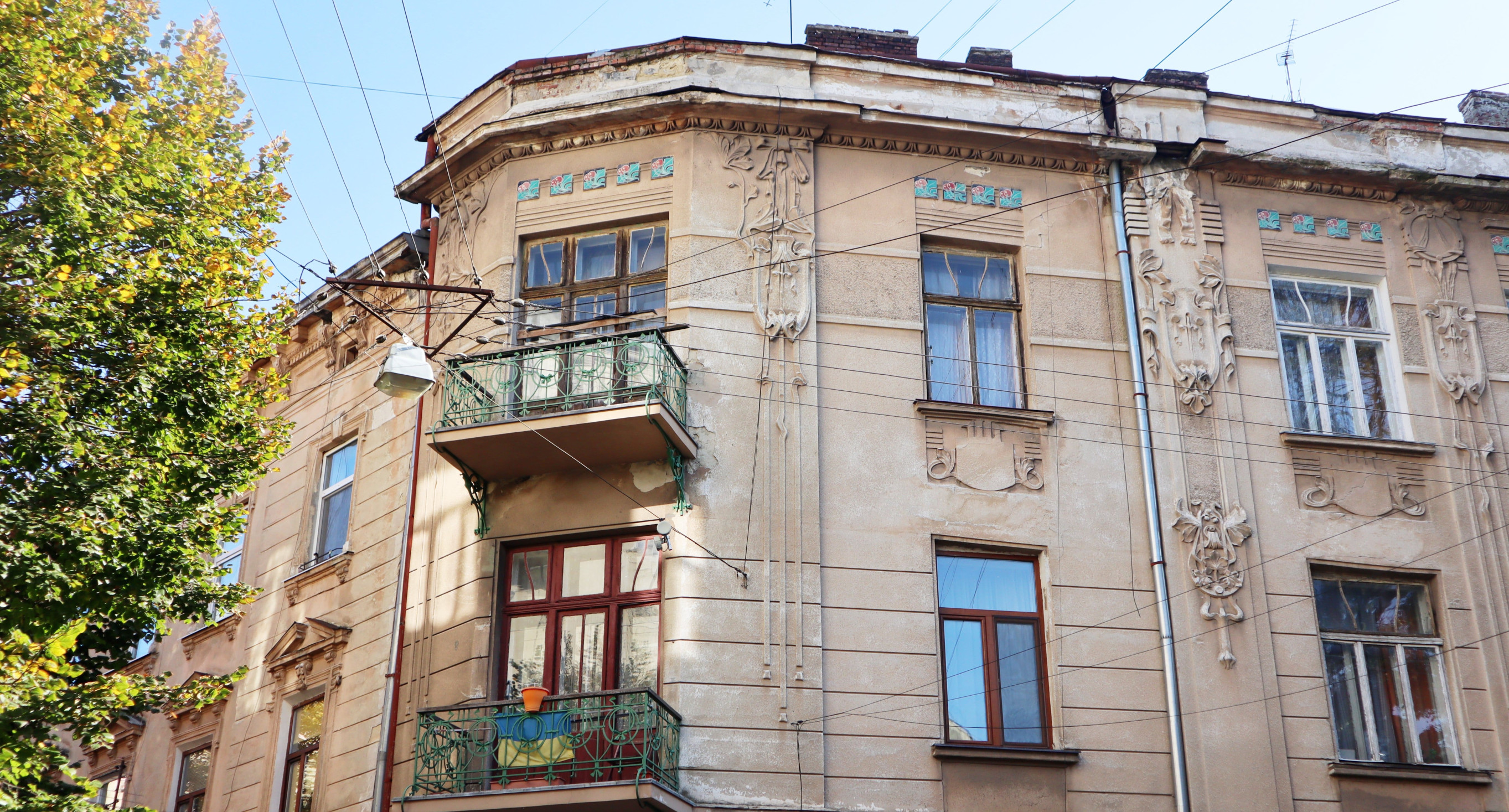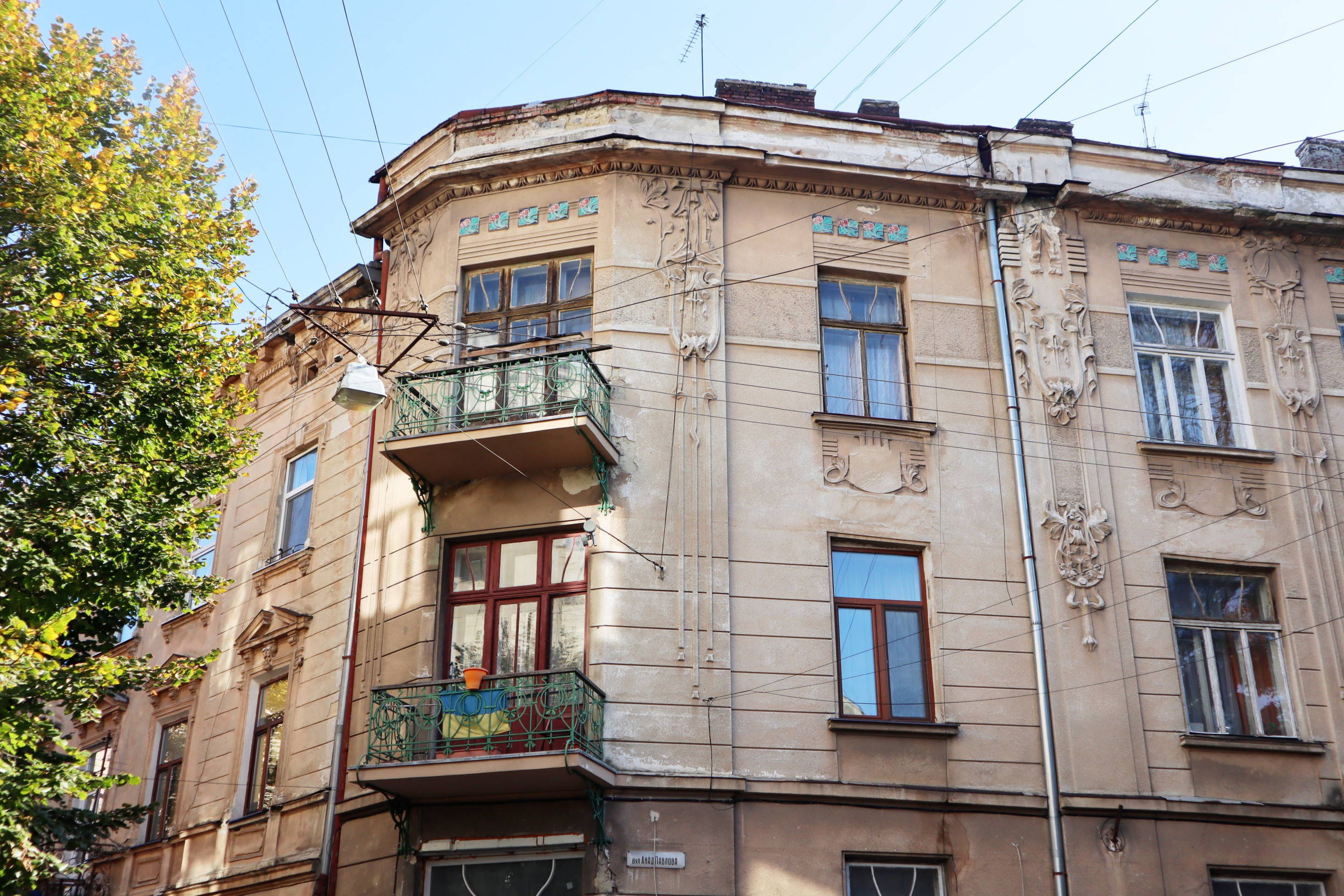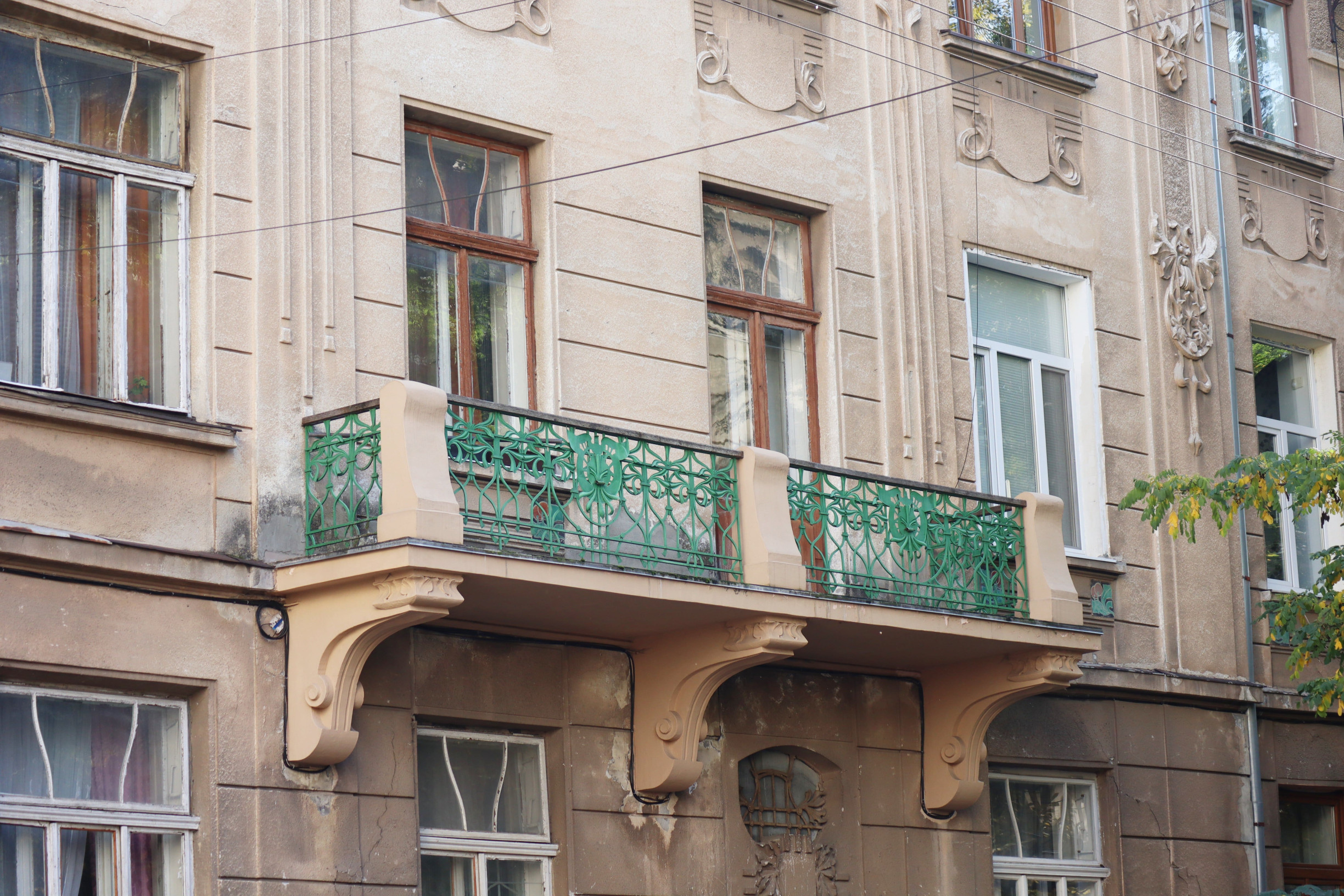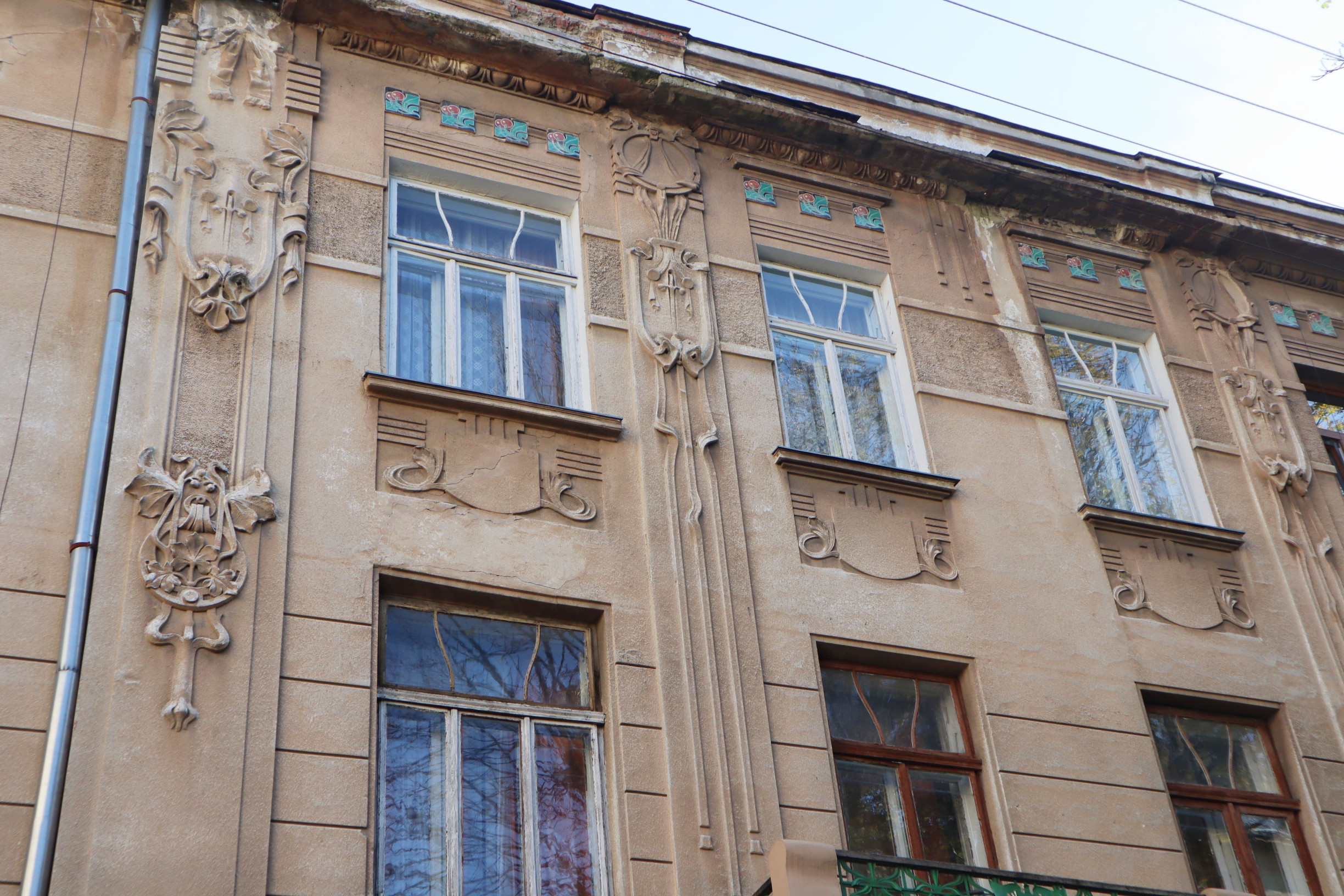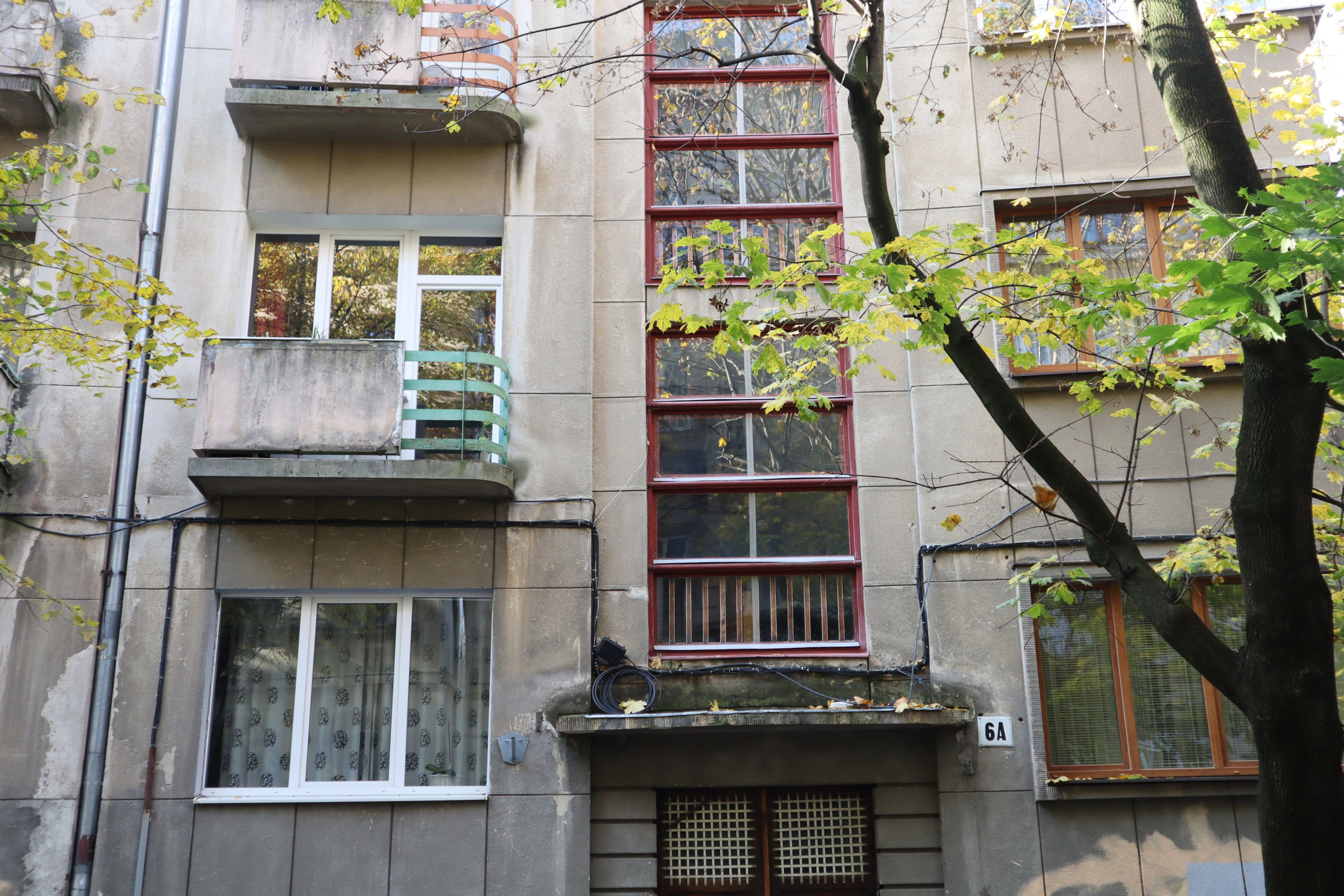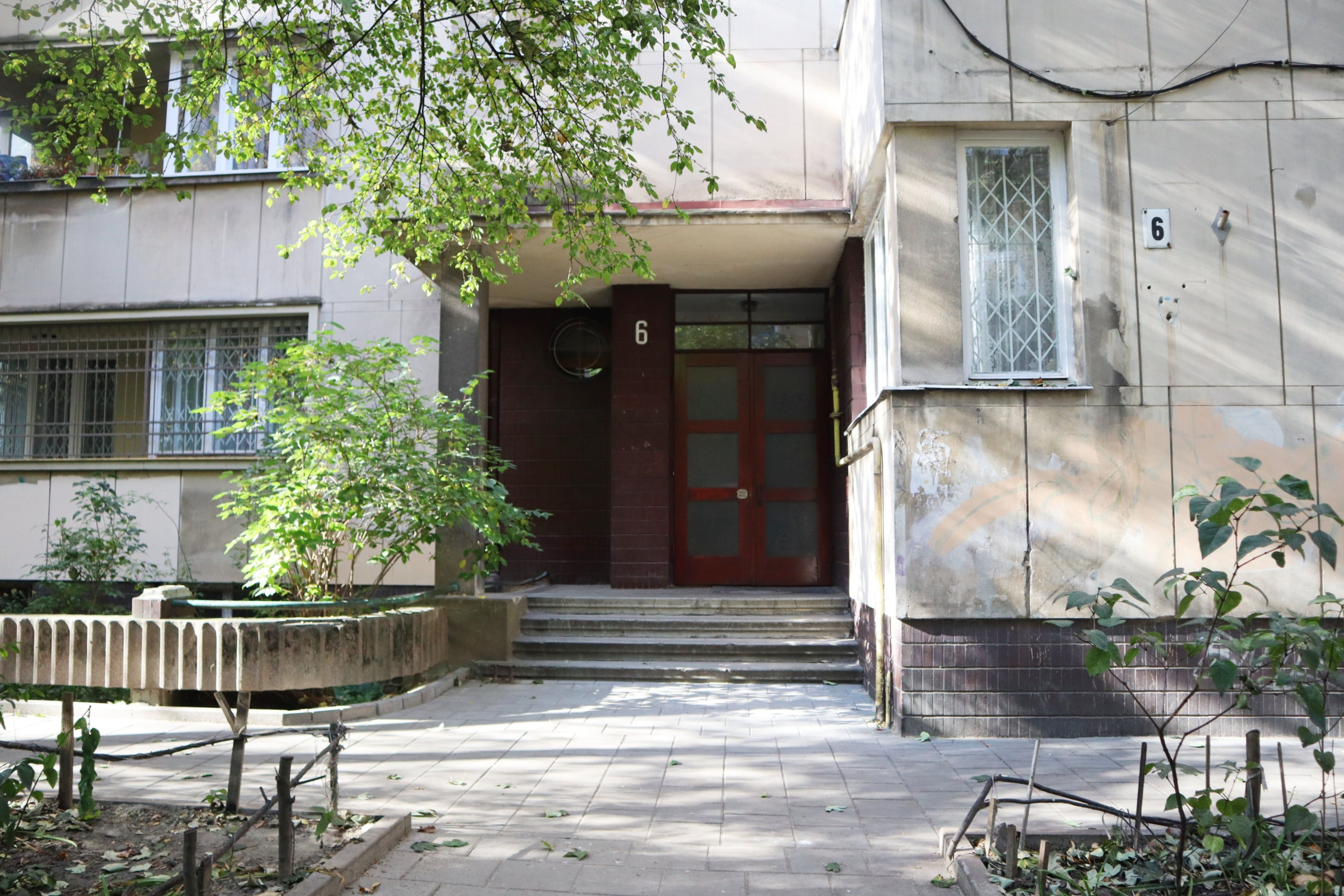There are two factors which gave us an impulse to create this route:
- We want to open for you the so-called "non-pop" Lviv, to take you out of the centre and lead you to the mysterious jungle of streets that preserve the unique spirit of old Lviv. A lot of authenticities have been preserved there. You may relax with your body and soul, walking in the shade of trees;
- Since the beginning of russia's full-scale military aggression against Ukraine, Lviv is once again getting rid of soviet and russian markers in the city toponymy, so there are many streets with new names with which we would like to familiarize you better.
Today we offer you to walk along the street, which until recently was called Academician Pavlov, and is now renamed in honour of Hrytsko Chubai.
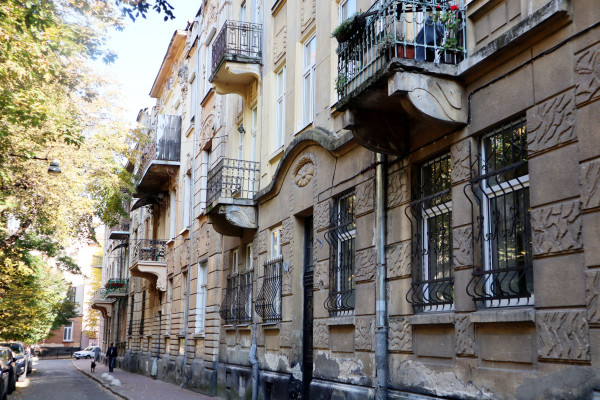
Street reminds us of the Lake of Unexpectedness from the famous Jack London’s book "Smoke and Shorty". According to legend, the lake’s bottom was covered with golden sand and it could be found only by getting lost. The same with Hrytska Chubaіa St. You can find it if you, instead of noisy thoroughfares, like Lychakivska or Zelena, choose to walk through the cosy streets between them. Chubaіa St. is less than two hundred meters long, but you couldn’t pass it insensitively. Allow yourself the luxury of a slow walk, lift your head and see what beauty is hidden behind the branches of trees.
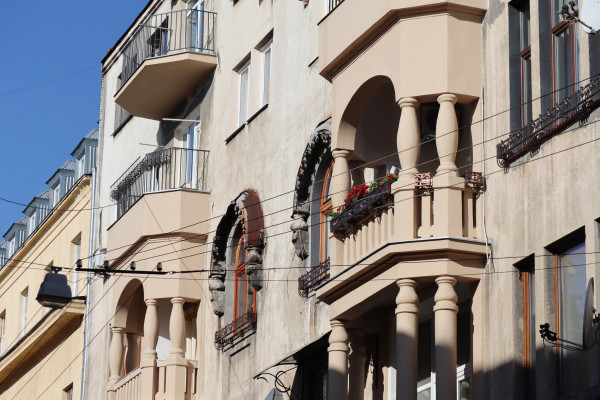
The street was founded in 1907 and named after the Lviv patrician family Domahalychi. In 1944 the soviet authorities renamed it in honour of the Academician Pavlov who was a famous russian physiologist. Now the street has been renamed again after Hrytsko Chubai, a Ukrainian poet, translator, artist and art critic, and author of the poetry collection “Plach Yeremii”. Later Hrytsko's son Taras created a famous Ukrainian musical group with the same name.
Let's start the walk.
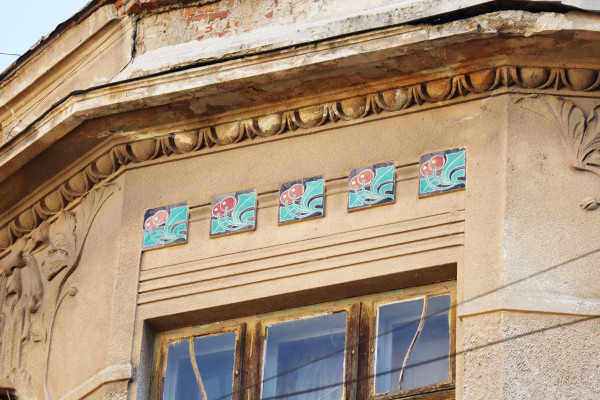
On the corner, at number 1, there is a Secessionist tenement house, built in 1906 by the famous Lviv architect Ivan Levynskyi. Two brothers - Jozef and Alexander Elster were the customers of construction and the first owners of the building. Elsters were Jewish by origin and businessmen.
The facade of the building seems to bloom at the top. If you want to see the richness of the decor, raise your eyes. You will see luxuriant stucco, original wooden window frames, and ceramic tiles depicting ripe cherries.

The next house at number 3 was built in 1906 by Ivan Levynskyi for the same customers. The rustication of the first floor resembles wooden beams. But the main decoration is two huge mascarons at the top. Women's faces, framed by curls, mysteriously smile at us.
If possible, you should enter inside. There are authentic tiles and doors. The staircase is illuminated by daylight which comes through the window. You can also admire the view of the cosy courtyard.
Read more: Self guided walks. Route #1. Kastelivka
The houses at numbers 2 and 4 were designed by I. Levynskyi and T. Obminskyi in the style of ornamental Secession. On the facades, ceramic panels are depicting yellow and turquoise flowers and fruits.
Houses 5 and 7 on the opposite side of the street were built later, in 1912, in the post-Secession style. They were designed by architect Ignacy Winiarz.
Now, look at the building at number 6. After World War I, Secession became out of fashion. Architects switched to a completely different, much more restrained style - modernism.
The absence of stucco and ceramic decor, straight lines, sharp angles and decor with volumes are its characteristic features.
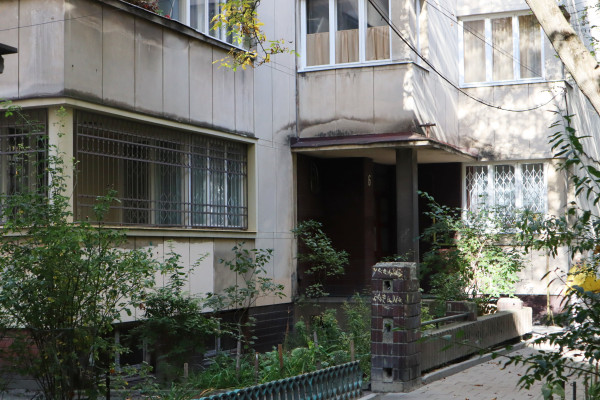
The house at number 6 was built by Ferdinand Kasler in 1939 in the Modernism style. It is divided into three sections. The section on the corner consists of balconies-loggias. A small front garden is arranged under them, fenced off from the sidewalk by a curved concrete jagged fence. In front of the entrance, there is a street scraper for cleaning shoes. The round window near the entrance door resembles a porthole of a ship's cabin. The authentic bars are preserved on it. If some residents forgot to lock the front door, take the opportunity to look into the lobby.
The walls are decorated with alabaster plates. In some places, there are original doors made of different types of wood. The staircase is rounded. Daylight falls on it through a high window.
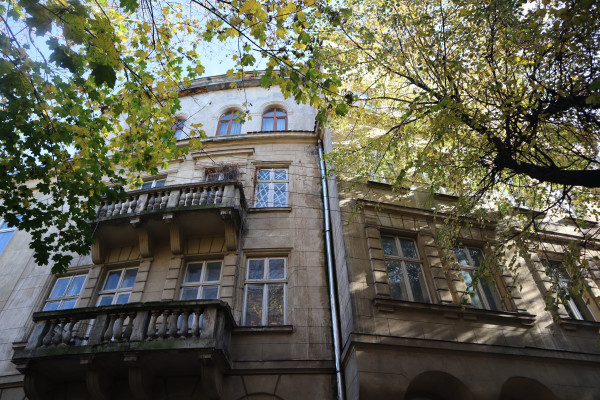
On the opposite side, we see another Secessionist building at number 9. It was built in 1914 by Albert Kornbluth for Ryszard Hausner. There is a big ledge on the facade two floors high and four windows wide. On occasion, try to enter inside. Frankly, it is somewhat eerie because it is dark there. However, if you shine a flashlight, you can see etched stained glass windows on the doors leading to the lobby.
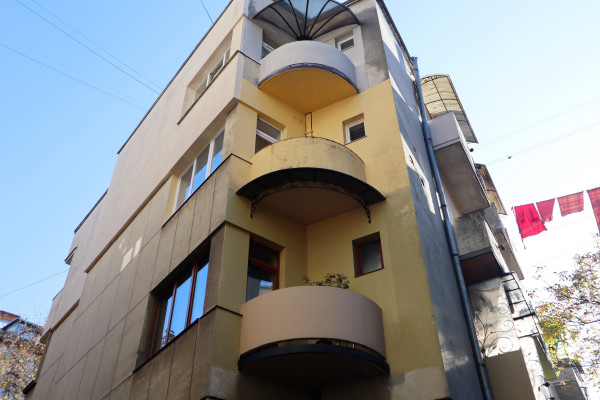
The staircase is concrete, with wrought iron balustrades decorated with typical Jewish ornaments. The daylight comes through triple-arched windows with fragments of stained glass. In addition, the windows of some apartments (probably kitchens) overlook the staircase. You can spy on how the neighbours cook through the cracks in the curtains. On each floor, there are mysterious black frames on the walls. Who knows what was in them... Perhaps mirrors or paintings.
In 1916-44, the famous Ukrainian historian Ivan Krypіakevych lived here, as evidenced by the memorial tablet on the facade.
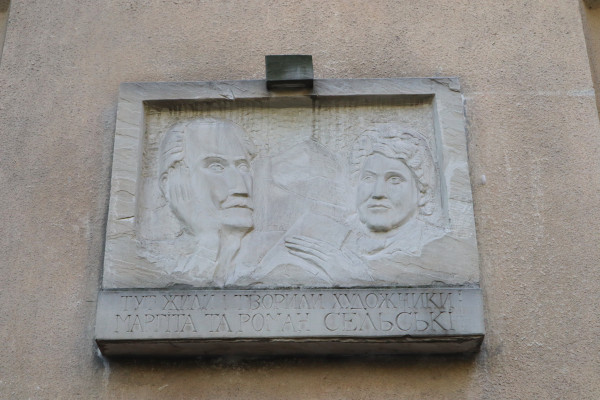
In the house at number 8 lived a couple of famous artists Roman and Margit Selskі. In 2003, a memorial plaque with relief portraits of the couple was installed on the house.
The next house number 10 was built in the neoclassical style in 1914 by architects Albert Kornblut and Emanuel Yarymovych.
After World War II the apartments on this street went to loyal members of the Communist Party. Who knows whether they appreciated the bourgeois luxury of these houses? Now, we are often faced here with neglect or even a loss of authenticity. With our project of walking routes along the old/new streets, we sincerely hope to infect you with a love of authenticity and our common heritage.
We hope that this short route was full of interesting discoveries for you. To be continued!
